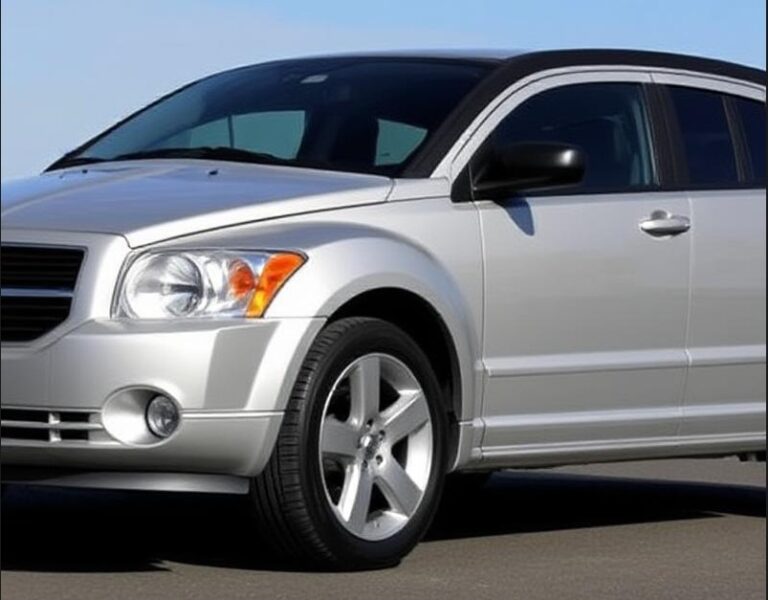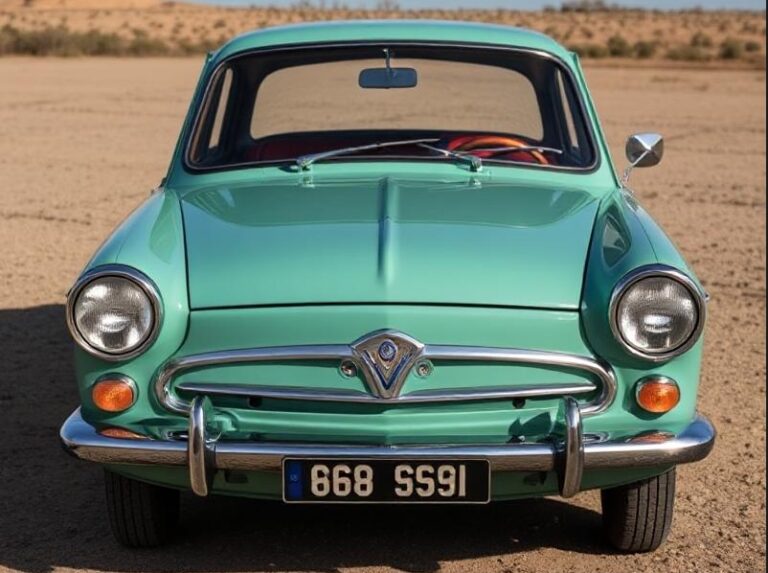The Evolution of the Daewoo Tico
The Daewoo Tico stands as one of South Korea’s most recognizable and enduring small cars, symbolizing the nation’s burgeoning automotive industry during the late 20th century. Launched during a period of rapid economic growth, the Tico was designed to provide affordable, practical transportation for a broad demographic, particularly in emerging markets. Its evolution over the years reflects changes in automotive technology, market demands, and Daewoo’s strategic positioning within the global auto industry.
Origins and Introduction (1991–1997)
Development and Launch
The Daewoo Tico was introduced in 1991 as a successor to earlier small cars produced by Daewoo, including the Baekdu and the early models of the Daewoo Cielo. It was based on the Suzuki Alto/Suzuki Alto/ Alto-800 platform, adapted for Daewoo’s specifications. The Tico was designed as a compact, fuel-efficient city car, optimized for urban environments and affordability.
Design and Engineering
The Tico featured a simple, utilitarian design with a small footprint, making it ideal for congested city streets. Its lightweight construction and small engine contributed to impressive fuel economy, a crucial selling point in developing markets. The car was powered by a 796 cc three-cylinder gasoline engine, producing approximately 32 horsepower, which was modest but sufficient for city driving.
Models and Trim Levels
Initially, the Tico was offered in basic trim levels aimed at budget-conscious consumers. The early models primarily included:
- Standard Trim: Basic features with manual windows, manual transmission, and minimal interior amenities.
- Luxury Trim (later introduced): Included features such as cloth seats, improved interior plastics, and optional air conditioning.
The focus was on affordability and reliability, with minimal options to keep costs low.
Mid-1990s Expansion and Updates (1997–2000)
Renaming and Facelift
In 1997, Daewoo introduced a facelift for the Tico, which included minor exterior updates such as new headlights, grille design, and bumpers. The model also received internal improvements, including enhanced safety features and updated instrumentation.
Market Positioning and Variants
During this period, Daewoo expanded the Tico lineup to include several variants tailored to different markets:
- Tico GL: The top-tier trim offering features like improved interior materials, front power windows, and a cassette player.
- Tico SE: An upgraded version with a slightly more powerful engine variant and additional comfort features.
- Commercial/Taxi Variants: In some markets, particularly in Southeast Asia and Eastern Europe, the Tico was adapted for commercial use, including taxi configurations with reinforced chassis and additional seating.
Technical Updates
Throughout the late 1990s, Daewoo made incremental improvements to the Tico’s suspension, braking, and engine management systems. Emissions compliance was also enhanced to meet local regulations.
The Early 2000s and Global Expansion (2000–2004)
Model Refinements
By the early 2000s, the Tico had become a staple in many developing countries. Daewoo continued refining the model, emphasizing durability and ease of maintenance. Notable updates included improved interior ergonomics, more reliable electrical systems, and minor exterior styling tweaks.
Introduction of New Variants
- Tico Plus: Featuring optional air conditioning, upgraded audio systems, and more comfortable seats.
- Tico Cargo: A utility-focused version with a larger cargo area, suitable for light commercial use.
- Special Editions: Limited runs with unique paint schemes or interior trims to boost sales.
Transition and Replacement Plans
The Tico’s production in South Korea was nearing its end by 2004, as Daewoo shifted focus to newer models and global expansion strategies. However, the Tico remained popular in many markets due to its low cost and simplicity.
Global Production and Market-Specific Models (2004–2010)
Manufacturing Abroad
While production in South Korea ceased around 2004, the Tico continued to be manufactured under license or assembled locally in countries such as Colombia, India, and various Southeast Asian nations. These locally assembled versions often featured slight modifications to suit regional preferences and regulations.
Model and Trim Variations
In these markets, the Tico was often sold under different names (e.g., Hyundai Atos in some regions, or locally branded versions). Trim levels varied considerably but generally included:
- Base Model: Minimal features, manual windows, and basic interiors.
- Mid-Level: Included air conditioning, upgraded audio, and sometimes power steering.
- Top Trim: Featured additional comfort features, improved upholstery, and sometimes alloy wheels.
Design and Mechanical Changes
Locally assembled Ticos saw mechanical updates, including more modern fuel injection systems in some markets and safety enhancements like additional seat belts and reinforced structures.
The End of Production and Legacy (2010 and Beyond)
Discontinuation
By 2010, the Daewoo Tico model line had largely been phased out globally, replaced by more modern compact city cars such as the Daewoo Matiz (also known as the Chevrolet Spark in many markets). The Tico’s simple engineering and aging design made it less competitive against newer vehicles with better safety features, modern styling, and improved fuel efficiency.
.
THIS might be a great place to get your new car from!
Or for those who are into the “car flipping” business, here’s an excellent resource for you!

.
Legacy and Influence
Despite its discontinuation, the Tico’s legacy persists in many markets. It was credited for providing affordable mobility in developing nations and served as an entry-level vehicle for countless drivers. Its simple mechanics and low maintenance costs made it popular among taxi operators and budget-conscious families.
Summary of Key Models and Trim Levels Over the Years
| Years | Model/Trim Level | Features & Notes |
|---|---|---|
| 1991–1997 | Basic Tico | Entry-level, manual windows, minimal features |
| 1997–2000 | Tico GL, Tico SE | Improved trims, optional air conditioning, better interiors |
| 2000–2004 | Tico Plus, Cargo, Special Editions | Upgraded comfort, utility variants, limited editions |
| 2004–2010 | Local market variants, rebadged versions | Minor mechanical updates, continued local assembly |
Conclusion
The Daewoo Tico’s evolution reflects its role as an accessible, economical city car tailored primarily for markets where affordability and simplicity are paramount. From its inception in the early 1990s through the early 2010s, the Tico transitioned through various updates, models, and regional adaptations, solidifying its place in automotive history as a symbol of budget-friendly mobility. Despite its age, the Tico’s design philosophy continues to influence small car development in emerging markets today.







